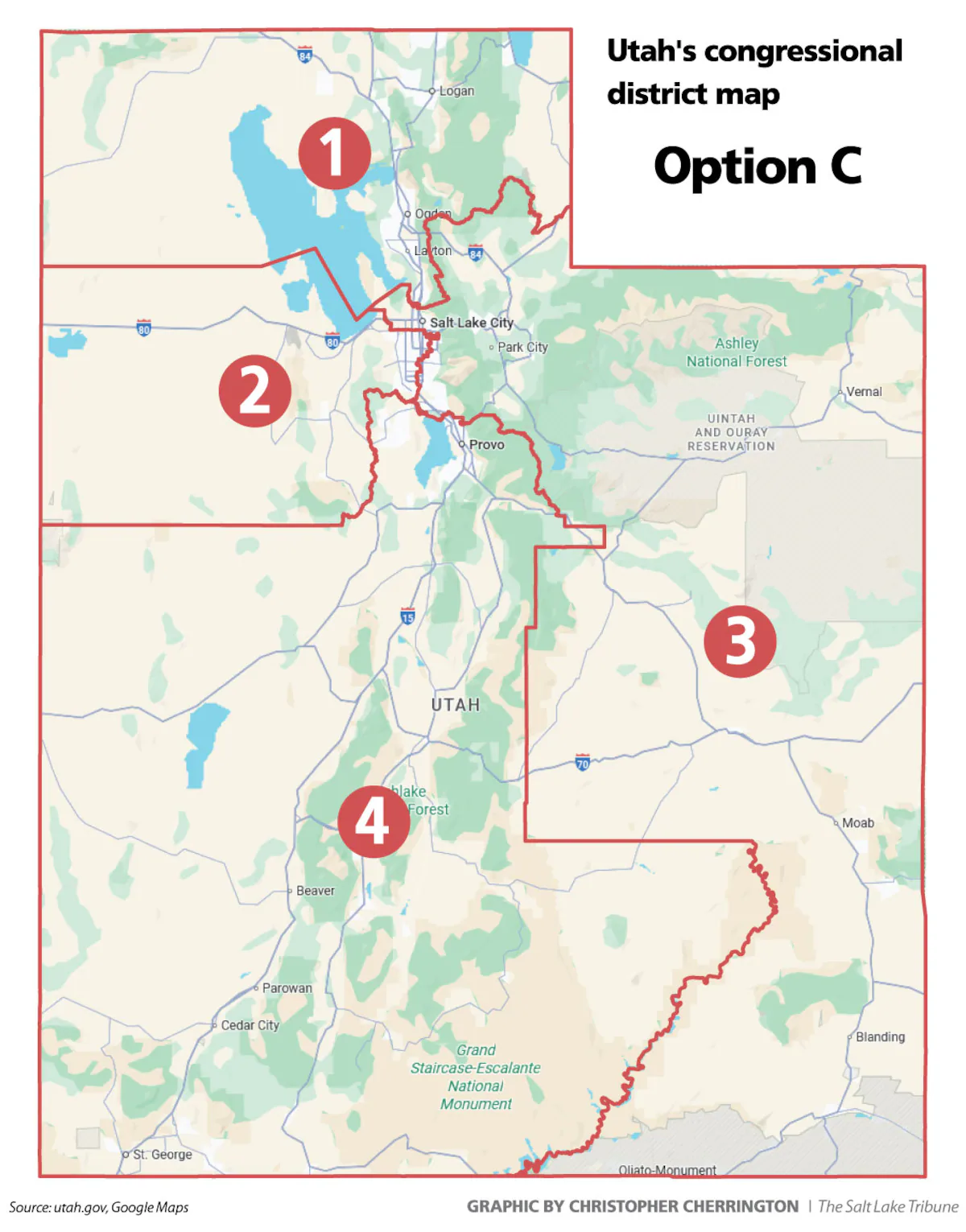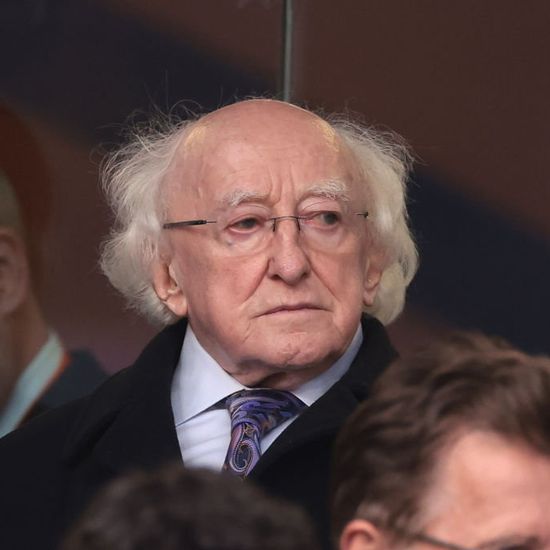Copyright Salt Lake Tribune

With a yearslong court battle over partisan gerrymandering in Utah nearing its potential finale, opposing sides are attacking the congressional maps the other submitted to the court, calling the other’s proposed congression districts an attempt to rig the system and gain political advantage. In a court filing late Friday night, lawyers and experts for the plaintiffs in the original anti-gerrymandering lawsuit — the League of Women Voters, Mormon Women for Ethical Government and a handful of Utah residents — said it would have been almost impossible for the Utah Legislature to come up with the new boundaries it did unless lawmakers improperly used election data in an unlawful attempt to deny Democratic voters a shot at winning a seat in Congress. According to one of the plaintiffs’ experts, Jowei Chen, a University of Michigan political science professor specializing in statistical analysis of redistricting, only six of 10,000 randomly produced maps using neutral redistricting criteria would have had the effect “of granting Republicans a clean-sweep of all four congressional districts.” Nearly all of the 10,000 random maps, Chen wrote in his report, created a Democrat-leaning district in the northern portion of Salt Lake County. The legislative map, he wrote, cracked that population by creating an east-west split through the county. Attorneys for Republican lawmakers countered, saying it’s the plaintiff’s proposed solution that are actually “extreme partisan outliers.” “At best, their plans are not as fair as the [Legislature’s] 2025 Plan and, at worst, their plans are themselves purposeful partisan gerrymanders,” the legislative attorneys argued. The issue arises after Judge Dianna Gibson in August struck down Utah’s existing four-seat congressional map, ruling that it could not be used in the 2026 election because it did not comply with the limitations voters sought to impose on redistricting in the 2018 Better Boundaries initiative — also known as Proposition 4. While the Legislature sought to essentially repeal Proposition 4 in 2021, the Utah Supreme Court ruled last year that doing so violated citizens’ constitutional right to enact laws through the ballot initiative process and reinstated Proposition 4’s standards, including a prohibition on partisan gerrymandering. Without a valid map in place, the Legislature hurried to adopt one in a special session on Oct. 6 — which puts the western half of Salt Lake County with Tooele into one district and combines the eastern part of the county with counties along the eastern portion of the state. The plaintiffs in the litigation submitted two of their own proposals, as well. The decision now falls to Gibson, who will hear from attorneys and experts from both sides to decide if the legislative map complies with Proposition 4’s standards. But the lawyers for the two sides also sparred in their court filings over what standards should be used. Minutes before adopting the legislative map, Gov. Spencer Cox signed into law another bill, SB1011, that establishes three tests that are, under the statute, the only tests that the court can use to gauge the partisan fairness of the proposed maps. The plaintiffs contend that the tests are skewed when applied to a state like Utah, with few districts and a large disparity between parties. Applied together, they argue, maps that create a competitive or Democrat-leaning district are weeded out and only maps that create four safe Republican seats can survive. They call the “biased, cherry-picked statistical tests that mandate the undue partisan favoritism” a back-door attempt to undo the ban on partisan gerrymandering that was the core of Proposition 4 — the 2018 voter-approved Better Boundaries initiative. The legislative lawyers counter that Gibson wrote in her ruling disqualifying the existing map passed in 2021 that the Legislature had the authority to determine “what judicial standards are applicable” and the new law was merely an attempt to exercise that discretion. The tests lawmakers applied are recognized and have been used in other court cases and should be valid in this one, the legislators’ counsel argued. Applying those tests and the other standards in the law — keeping cities and counties intact as much as possible and drawing maps that are contiguous, compact and keep communities of interest together — the legislative map is compliant, they maintain. Because the map adopted by the Legislature meets the criteria that the Legislature set, the attorneys argue that the court does not need to consider two maps submitted by the plaintiffs. But if it did, the Legislature’s experts contend both maps are drawn to be partisan gerrymanders intended to benefit Democrats. Lt. Gov. Deidre Henderson has told the court that a map has to be in place no later than Nov. 10, so county clerks can begin making preparations for the 2026 midterm elections and so potential candidates know where they might run. The Utah Republican Party may complicate that, however. Party officials have filed to run a citizen referendum to repeal the Legislature’s map — which the party had previously endorsed. If they gather 140,748 signatures from registered voters, the map is put on hold until the 2026 election and will not be used in that contest. They have also filed to run an indirect initiative for what is likely the first time in Utah history. If the party gathers just over 70,000 signatures, it forces the Legislature to vote on whether to repeal Proposition 4 entirely — the belief being that, while the Supreme Court ruled the Legislature can’t undo a citizen ballot initiative, a second initiative could reverse the first. The plaintiffs are challenging that, as well, arguing that the indirect initiative only exists in statute and cannot be used to overturn a law enacted through the ballot initiative, which is a constitutional right. Because of timelines associated with both the referendum and the indirect initiative, it is possible that the two efforts will not be resolved until January or even early February, a fact that Henderson said has injected an “unprecedented” level of “chaos and confusion” into the elections process.



